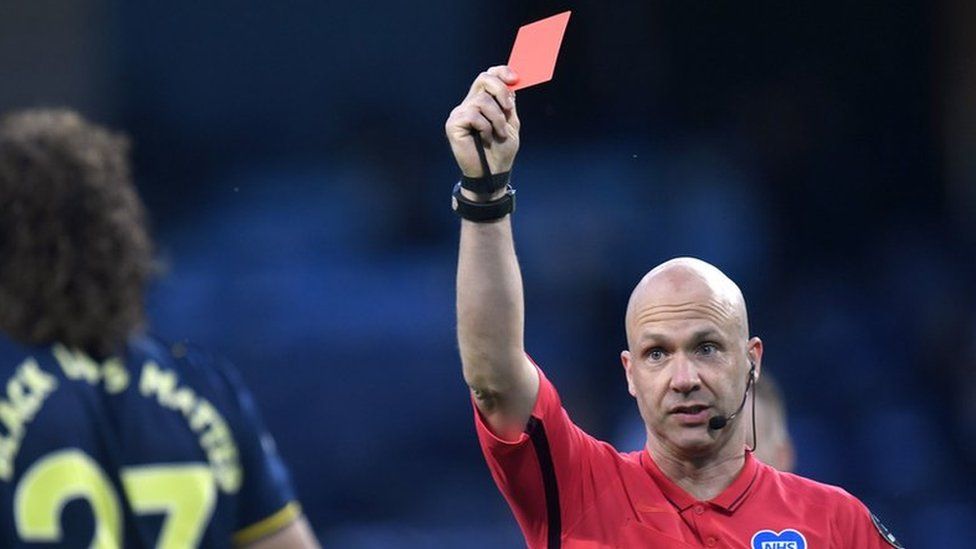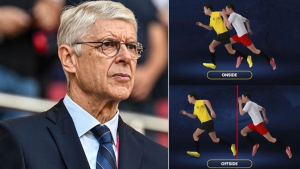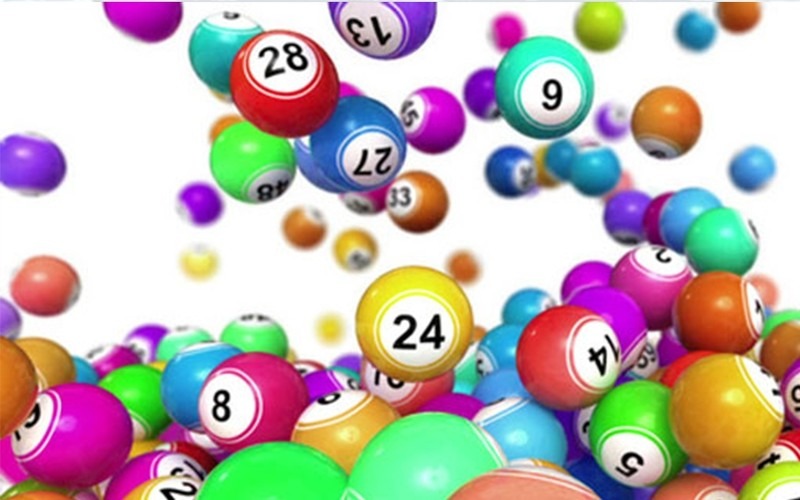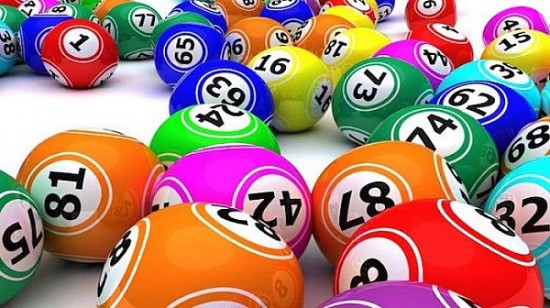Football, also known as soccer in some parts of the world, is a sport loved and enjoyed by millions of people. It brings together fans, players, and teams from different countries, cultures, and backgrounds, all united by their passion for the beautiful game. However, with any sport, there are rules and regulations that need to be followed to ensure fair play and maintain the integrity of the sport. One such rule, which has often been a topic of discussion and controversy, is the red card.
In this article, we will delve deeper into the concept of this card in football. We will explore its history, purpose, and the impact it has on the game. We will also discuss the different types of red cards, their consequences, and the controversies surrounding them. So, let’s kick off and discover the world of the card.
History of the Red Card
The origin of the red card can be traced back to the British football leagues in the 19th century. In those times, there were no standardized rules or penalties for fouls committed during a match. As a result, players would often resort to violent and dangerous tackles without facing any consequences. It was only in the late 1800s that the concept of a sending-off was introduced, where a referee could dismiss a player from the field for serious misconduct.
Initially, the sending-off was indicated by raising a handkerchief or waving a white flag. However, this was not an effective way of communicating the decision to the players and spectators. In 1904, the International Football Association Board (IFAB) proposed the use of colored cards to signify a sending-off. The color red was chosen because it was a distinct and visible color on the pitch, making it easier for everyone to understand the decision. And thus, the famous red card was born.

The inception of the red card can be traced to the British football leagues during the 19th century
Purpose of the Red Card
The main purpose of a red card is to maintain discipline and ensure fair play on the field. It is a severe punishment for a player who has committed a serious offense or shown violent behavior towards another player or the referee. A red card is given when a player commits any of the following offenses:
- Serious foul play: This includes tackles that are reckless, dangerous, or use excessive force, endangering the safety of an opponent.
- Violent conduct: Any intentional use of force against an opponent, including punching, kicking, or headbutting, falls under this category.
- Spitting at an opponent or any other person: This is considered disrespectful and gross misconduct.
- Denying a goal-scoring opportunity by handling the ball deliberately: This usually happens when a player deliberately handles the ball to prevent it from going into the net, giving the opposing team an unfair advantage.
- Using offensive, insulting, or abusive language and/or gestures: This type of behavior is not tolerated in football and can lead to a red card.
A red card also serves as a deterrent to other players. By showing the severity of the consequences, it encourages players to adhere to the rules and play in a fair and sportsmanlike manner.

The primary goal of a red card is to uphold discipline and ensure fairness during gameplay
Types of Red Cards
There are two types of red cards in football – straight red and double yellow.
Straight Red
A straight red card is issued directly by the referee for a serious offense committed by a player. The player is immediately dismissed from the field and cannot be replaced by a substitute. The team must continue playing with one less player for the remainder of the match. Additionally, the player receiving a straight red card is automatically suspended for the next game.
Double Yellow
A double yellow card, also known as a caution, is given when a player receives two yellow cards in the same match. This usually happens when a player commits a series of minor offenses that do not warrant a straight red card but still require disciplinary action. The first yellow card serves as a warning, and the second leads to a dismissal. Once a player receives two yellow cards, they must leave the field, and their team plays with one less player for the remainder of the match. However, unlike a straight red card, a double yellow card does not result in an automatic suspension for the next game.
Impact of the Red Card
A red card can significantly change the course of a football match. It not only affects the team that loses a player but also has an impact on the opposing team. Let’s take a closer look at how a red card affects different aspects of the game.

Red cards impact not only the team that loses a player but also influences the opposing team
Team Strategy
Losing a player due to a red card forces the team to adjust their strategy and tactics. In most cases, the team will have to defend more and focus on preventing the opponent from scoring, rather than attacking themselves. This can lead to a more defensive and cautious style of play, especially if the card is shown early in the game. The team may also use substitutions to replace the dismissed player and strengthen their defense or midfield.
On the other hand, if the team that receives a red card was already losing or struggling, it can have a demoralizing effect. This can result in the team giving up and losing the match by a wide margin.
Momentum Shift
A red card can also cause a shift in momentum, which can ultimately decide the outcome of the game. If a team was dominating the match before receiving this card, they might lose their advantage and struggle to maintain possession and control. Conversely, the team with one less player may get a boost in confidence and motivation, leading to an improved performance.
In some instances, the tide can turn in favor of the team with one less player, and they might even end up winning the match against all odds. One famous example of this was in the 2005 Champions League Final between Liverpool and AC Milan, where Liverpool came back from a 3-0 deficit to win the match after their captain, Steven Gerrard, received a red card.
Psychological Impact
A red card can also have a significant psychological impact on players, both individually and as a team. The dismissed player may feel guilty and remorseful for letting down their team and causing them to play with one less player. They may also face criticism and backlash from the media and fans. This can affect their confidence and performance in future matches.
For the rest of the team, a red card can be a wake-up call or a source of motivation. It can bring them together and encourage them to work harder and perform better to overcome the disadvantage of playing with one less player. On the other hand, it can also lead to frustration and demotivation, especially if the team was leading before the red card.
Controversies Surrounding Red Cards
Despite its purpose of maintaining discipline and fairness, the red card has been a topic of controversy in the world of football. Here are some of the most discussed controversies surrounding these cards.
Subjectivity of Decisions
One of the main criticisms of the card is the subjectivity of decisions made by referees. As humans, they are prone to making mistakes and can interpret a situation differently. This can lead to discrepancies in the punishment given for an offense. For instance, one referee might interpret a tackle as reckless and deserving of a red card, while another might deem it as only a caution-worthy offense. This subjectivity can sometimes result in unfair dismissals and alter the outcome of a match.
Simulation and Diving
Another controversy surrounding red cards is simulation and diving. This is when a player pretends to be fouled or injured to deceive the referee into punishing the opposing team with a red card. Players often exaggerate the impact of a tackle or fake injuries to make it seem like they were fouled and deserve a free-kick or penalty. In some cases, players may intentionally dive or fall to the ground to make it seem like they were fouled. This form of cheating has become common in football, and it is challenging for referees to spot and distinguish between simulation and actual fouls.
VAR Intervention
The introduction of Video Assistant Referees (VAR) in football has brought about another controversy surrounding red cards. VAR was introduced to assist on-field referees in making crucial decisions that could potentially alter the outcome of a match. However, it has also led to delays and confusion. In the case of red cards, the on-field referee can consult with the VAR before making a decision. While this ensures that the correct decision is made, it also disrupts the flow of the game and leaves room for disagreements and debates.
Impact of Red Cards in Major Tournaments
The impact of a red card becomes more significant when it happens in a major tournament such as the World Cup or UEFA Champions League. In these high-stakes matches, one wrong decision can significantly influence the outcome of the tournament. Let’s take a look at some instances where these cards have had a significant impact on major tournaments.
2006 FIFA World Cup Final
In the final match of the 2006 FIFA World Cup, France faced off against Italy. The match went into extra time after a goalless 90 minutes. In the 110th minute, Italian defender Marco Materazzi was shown a straight red card for headbutting French midfielder Zinedine Zidane. This resulted in Zidane being dismissed as well for retaliation, leaving both teams with ten players each. Italy went on to win the match on penalties, and Materazzi’s red card was seen as a turning point in the match.
2010 FIFA World Cup Quarter-Final
In the quarter-final match between Germany and Argentina in the 2010 FIFA World Cup, German midfielder Bastian Schweinsteiger received a second yellow card in the 37th minute for a foul on Argentine forward Carlos Tevez. This reduced Germany to ten players and gave Argentina an advantage. However, Germany went on to win the match 4-0, with Schweinsteiger’s red card not having a significant impact on the final result.
2018 FIFA World Cup Round of 16
One of the most controversial red cards in recent years was shown to Colombian defender Carlos Sanchez during their round of 16 match against England in the 2018 FIFA World Cup. Sanchez was given a straight red card in the third minute of the match for intentionally handling the ball inside the penalty area. This led to England scoring from the resulting penalty and ultimately winning the match 4-3 on penalties after the game ended in a 1-1 draw. Many believed that the card was too harsh and changed the outcome of the match.
UEFA Champions League Semi-Final
In the 2015 UEFA Champions League semi-final match between Bayern Munich and Barcelona, Bayern midfielder Thiago Alcantara was shown a double yellow card within the first half-hour of the match. This forced Bayern to play with ten men for the remainder of the match, giving Barcelona an advantage. The Spanish side went on to win the match 5-3 on aggregate and eventually won the tournament.
Conclusion
The red card is an integral part of football and has been in use for over a century. It serves as a tool to maintain discipline and ensure fairness on the field. However, its subjectivity and controversies surrounding it have often sparked debates and discussions among fans, players, and officials. Despite its flaws, this card remains an essential aspect of the game, and its impact cannot be ignored. As with any sport, it is essential to maintain a balance between enforcing rules and maintaining the spirit of the game. Only then can we truly appreciate the beauty and excitement of football.








